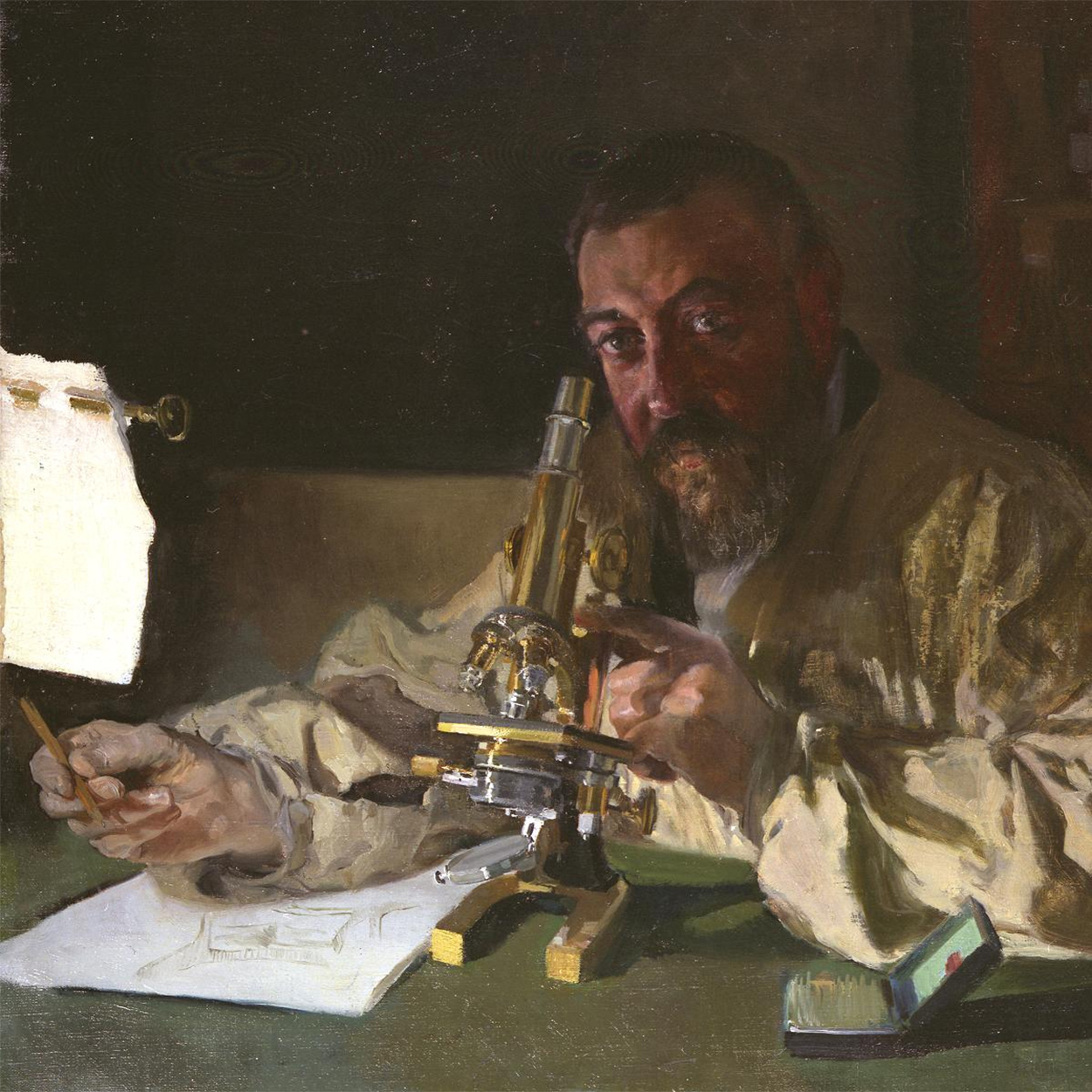At the very beginning of this journey, I had underestimated the impact extreme physical pain can have on the mind. Having endured natural childbirth twice, a misguided at-home surgery by a relative, and a brain tumor which felt like a persistent sinus infection, I believed that I could endure hard things with ease. However, when an extremely dangerous bacterial infection set in as the tumor broke through the orbit of my eye to the outside world, I faced excruciating, indescribable pain, rendering me unable to walk or talk. Crying and vomiting were all I could do as a prisoner trapped in my own body of extreme torture. The ER, initially uncertain, struggled to diagnose and address the infection, subjecting me longer to the intense pain and debilitating panic attacks during MRI scans and allergic reactions to medication. A few days after that, the surgery was accomplished, and I was on the long road to recovery.
Yet months later, I realized the toll on my mental health—frequent panic attacks, avoidance of simple tasks, and a severely shrinking ability to navigate the world. My mind had taken a snapshot of the worst thing it had endured, and now anything remotely resembling that was labeled a potential threat to my life. I had no control over when it would flip the switch into debilitating fear and avoidance.
In accepting my PTSD, I made a melancholy list of things I could no longer do, like go to movie theaters, medical/ dental visits, drive in heavy traffic, travel to dream destinations, take plane rides or field trips, visit sacred spaces, and sleep away from home. The list of my hopeful “someday” dreams transformed into a soul-draining reminder of things I’d never be capable of achieving now. My mind had taken a snapshot of the worst thing it had endured.
Seven years later, I was faced with another series of medical traumas as a massive aneurysm was discovered between my aorta and my spleen.
However, between these two major life events, a significant transformation gradually unfolded. I immersed myself in the literature on PTSD and TV shows involving real-life therapists utilizing exposure therapy for OCD. Determined to try this exposure idea, I scheduled a crucial dental appointment for a sore tooth, but it proved challenging. With the help of medication, I managed the procedure. Eventually, I opted for a different dentist, a friend, who unknowingly imparted a profound truth—sometimes, one positive experience can alter our perspective. His office, equipped with TVs during dental work, became a game-changer.
Despite setbacks, I slowly regained this one space of lost ground. Bit by bit, I began to employ more of these tactics. Venturing to board a plane for a short one-hour flight, a panic attack ensued, but employing grounding techniques and distractions, I made it through. Stepping off the plane at my destination was this joyful achievement—a gate in my mind that I felt was shut forever was unlocked and reopened. I even utilized some Buddhist ideas in accepting the panic and consoling myself with “it will pass,” which allowed me to persevere. I read about cognitive behavioral therapy techniques. Over seven years, I diligently adopted strategies, rebuilding hope that I could reclaim some small ability to engage in various tasks and activities. When some attempts initially failed, I kept on trying again.
Addressing my spiritual fears, I delved into theodicy, the exploration of how a benevolent God could create a world where evil and suffering exist. Over time, I came to perceive the world as a system intentionally designed with imperfections and woundedness as the means through which we can experience growth, similar to a vaccine introducing dangerous pathogens that are inactive. The peril must be confronted and managed, yet it remains inherently temporary, just as our physical suffering is not eternal. God waits for us to turn to Him in our suffering so He can uplift us through His many positive reassurances which equip us, strengthening our endurance.

Despite lingering PTSD symptoms, I now embrace an emerging concept known as PTG or Post Traumatic Growth. I do not believe it is in any way a cure for PTSD, but rather, it’s a transformational hope that your world doesn’t have to shrink forever—that you can find ways to accomplish tasks and goals even if they will never be exactly like they were before.
In the New York Times Best Seller, The Coddling of The American Mind, authors Greg Lukianoff and Johnathan Haidt explain,
“Research on post-traumatic growth shows that most people report becoming stronger or better in some way after suffering through a traumatic experience. That doesn’t mean we should stop protecting young people from potential trauma, but it does mean that the culture of safetyism is based on a fundamental misunderstanding of human nature and of the dynamics of trauma and recovery. It is vital that people who have survived violence become habituated to ordinary cues and reminders woven into the fabric of daily life. Avoiding triggers is a symptom of PTSD, not a treatment for it. According to Richard McNally, the director of clinical training in Harvard’s Department of Psychology, Trigger warnings are counter-therapeutic because they encourage avoidance of reminders of trauma, and avoidance maintains PTSD.”
Cognitive Behavioral Therapy includes a step-by-step, systematic exposure to traumatic memories, with the aim of reducing their capacity to induce distress over time. Although I didn’t receive this treatment directly from a therapist’s guidance, I meticulously adhered to its principles by studying numerous articles and books on the subject and by having my sister, Bonnie, talk me through her own experiences. The result in my life has been incredibly life-changing. Sometimes, one positive experience can alter our perspective.
Jennifer emphasized the importance of fostering a mindset that embraces recovery and growth. She believes that everyone deserves to hear that their journey toward well-being is not only valid but also achievable. While the journey toward healing and personal growth is possible, having a therapist by your side can be instrumental in navigating the complexities of the process. A therapist serves as a supportive guide, offering a safe space for individuals to explore and understand their thoughts, emotions, and behaviors. Jennifer pointed out that the external perspective provided by a therapist can shed light on patterns and beliefs that may be hindering progress.
In an article by APA, we learn five important signs that signal to us that PTG is occurring:
- Appreciation of life
- Relationships with others
- New possibilities in life
- Personal strength
- Spiritual change
It was equally intriguing to find that women with an innate optimistic perspective, combined with extroverted social inclinations, seemed to have a natural inclination toward post-traumatic growth. This alignment may clarify why I found PTG relatively accessible, given that I precisely fit this profile. Fortunately, not fitting this predisposition doesn’t render PTG unattainable. There could be an unexplored predisposition that witnessing someone else’s PTG may make one’s journey toward PTG more attainable.
For example, It wasn’t apparent to me until attempting to write this article, but I did have the advantage of observing my grandfather, Wesley Colvin, recover some of his abilities after enduring severe wounds and PTSD in WWII. My grandmother recounted his struggles with nightmares, seeing unimaginable things like the haunting memory of a mortar shell exploding and removing part of his skull. A titanium plate was placed to cover the missing portion of his head, and although he faced a lifelong battle with balance, he became my initial inspiration that life after PTSD was achievable. He never allowed anything to hinder him, continuing to repair cars and attend every concert or sports event I participated in. He was often triggered by the smell of gunpowder. Eventually, Wesley pushed himself to go back to the range and face the things that were hindering his normal activity in life, slowly gaining power over the things that once stirred anxiety. He was my first proof that successfully navigating around PTSD challenges was possible. My sister Bonnie was equally inspiring, showing me what she learned through a harrowing postpartum acute mental health crisis and generalized anxiety diagnosis.
It’s crucial to note that while post-traumatic growth explains personal development and optimal positive change following intense adversity, it is not universally attainable. It’s important to recognize that individuals with brain injuries, preexisting mental disorders, or diminished cognitive capacities may face unique challenges in their ability to experience such growth. For these individuals, the focus often shifts towards managing and adapting to their conditions rather than experiencing growth in the traditional sense. Their journey may involve different forms of resilience and coping, emphasizing the importance of understanding and supporting their specific needs and limitations.
Thirteen years have elapsed since my challenging encounter with a brain tumor. Recently, while dining with friends in a crowded, noisy restaurant, I found myself in the grip of a panic attack. In that intense moment, I coached myself internally, “You know the drill—your instinct is to bolt, but if you stay, it will pass, and you’ll enjoy a fantastic time.” Implementing grounding distraction techniques, I weathered the storm, and after about three minutes, the panic receded. To my surprise, I not only stayed but also relished the best evening. It’s a feat I never imagined achieving, underscoring the profound value of conquering small, incremental battles on the path to personal growth over time. Journey toward well-being is not only valid but also achievable.
Hope exists, and that belief is genuinely empowering.

















